
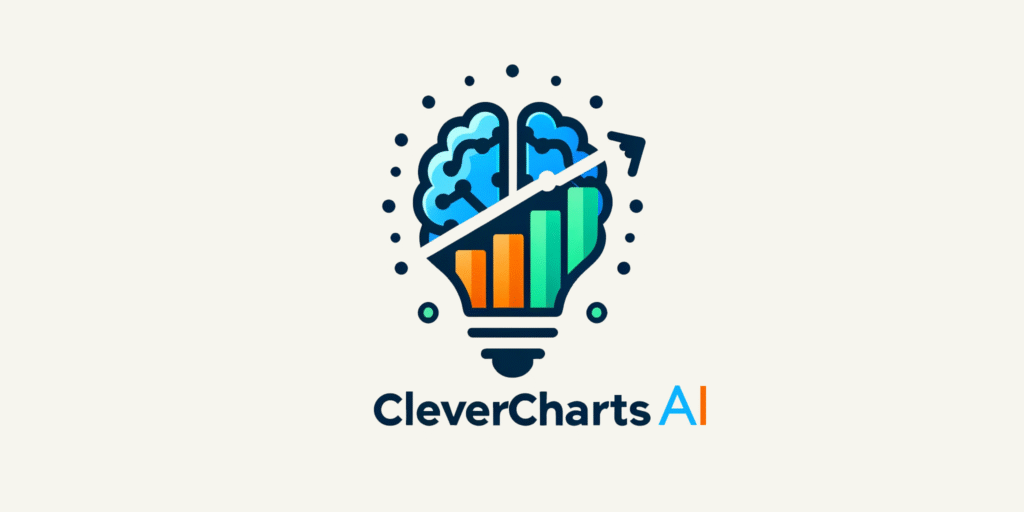
Most small businesses are drowning in data — and starving for insight.
They have spreadsheets, sales reports, and order exports. But no time (or training) to wrangle SQL or pay for enterprise tools like Tableau or Power BI.
In late 2023, I set out to fix that.
The idea was CleverChartsAI — a simple, cloud-based tool that let users ask questions about their data in plain English and get visual answers instantly.
No coding. No setup. No data team.
Just questions and charts.
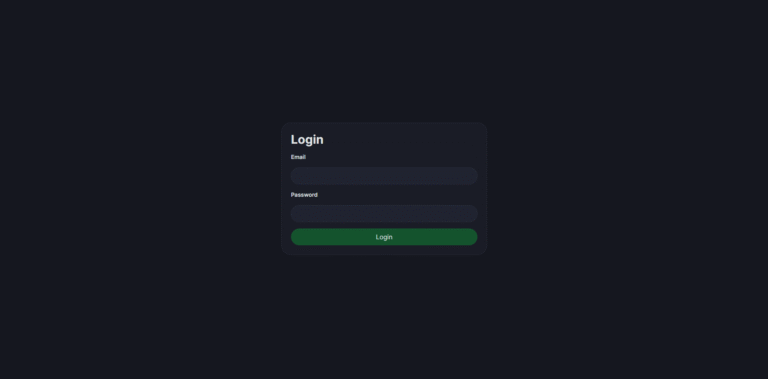
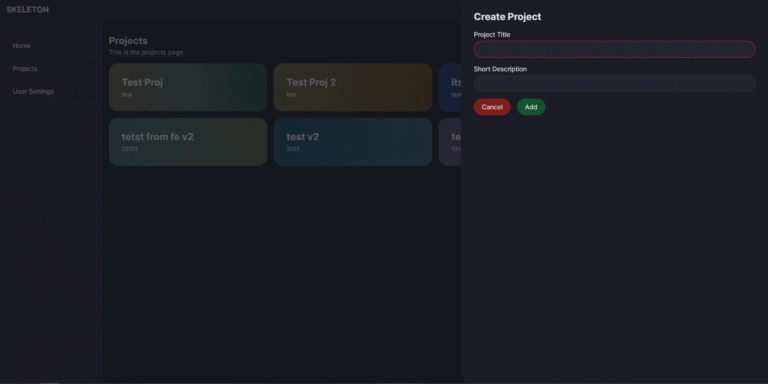
The goal was to make data analysis as easy as talking to ChatGPT.
Users would:
Connect a data source (MySQL, CSV, or Excel).
Ask a question in natural language.
Get a chart — instantly generated by OpenAI and rendered through Chart.js.
CleverChartsAI was built on a modern foundation:
Frontend: SkeletonUI with SvelteKit
Backend: Python with FastAPI
Database: MySQL
Hosting: AWS (EC2, RDS, S3, Lambda)
AI Integration: OpenAI API
It wasn’t just a prototype. It was a real SaaS architecture — lightweight, scalable, and ready to grow.
“The dream was to let small business owners talk to their data — and have it talk back.”
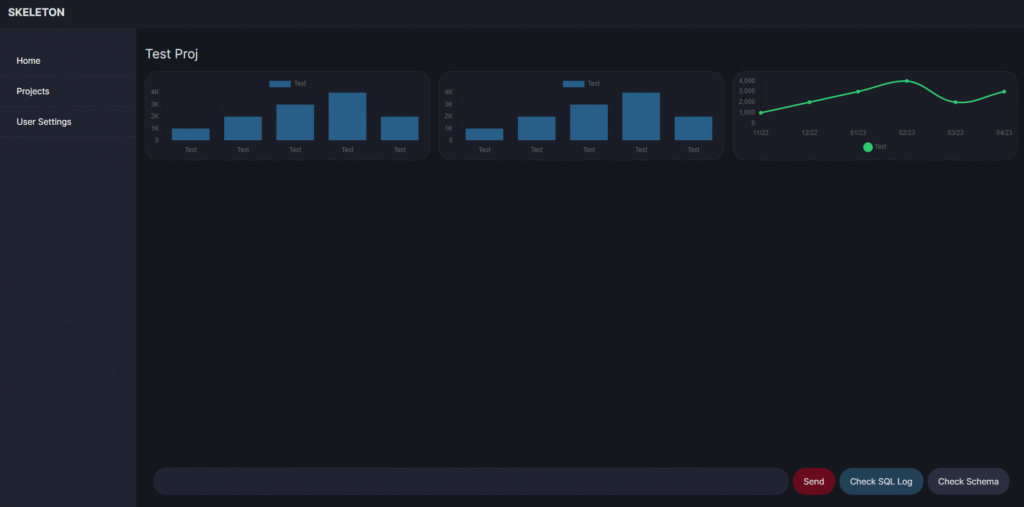
This was a self-funded experiment, built entirely out of pocket.
No grants, no investors — just a Product Manager with an idea and a Fiverr developer who knew his way around Python and Svelte.
We scoped the MVP tightly:
Secure login and invite-only registration
MySQL/CSV/Excel connections
AI-assisted SQL query generation
Real-time visual charts
Basic dashboard management
7-day free trial with Stripe billing
The budget: $2000.
The deadline: 2 weeks.
The risk: total.
But the point wasn’t perfection. It was proof.
The Product Requirements Document (PRD) served as the roadmap. It defined every feature, limit, and performance goal:
Load time under 3 seconds
Support 1,000 concurrent users (eventually)
Maintain 99.9% uptime
CleverChartsAI came together in stages:
authentication → data upload → AI query → visualization → dashboard management.
Each component lived on AWS, ensuring reliability and future scalability.
The workflow was intuitive:
Upload your data or connect your database.
View your schema in-app.
Type “Show total orders for the last 30 days.”
OpenAI generates SQL, FastAPI runs it, and Chart.js builds the graph.
A fully functional insight loop — no analyst required.
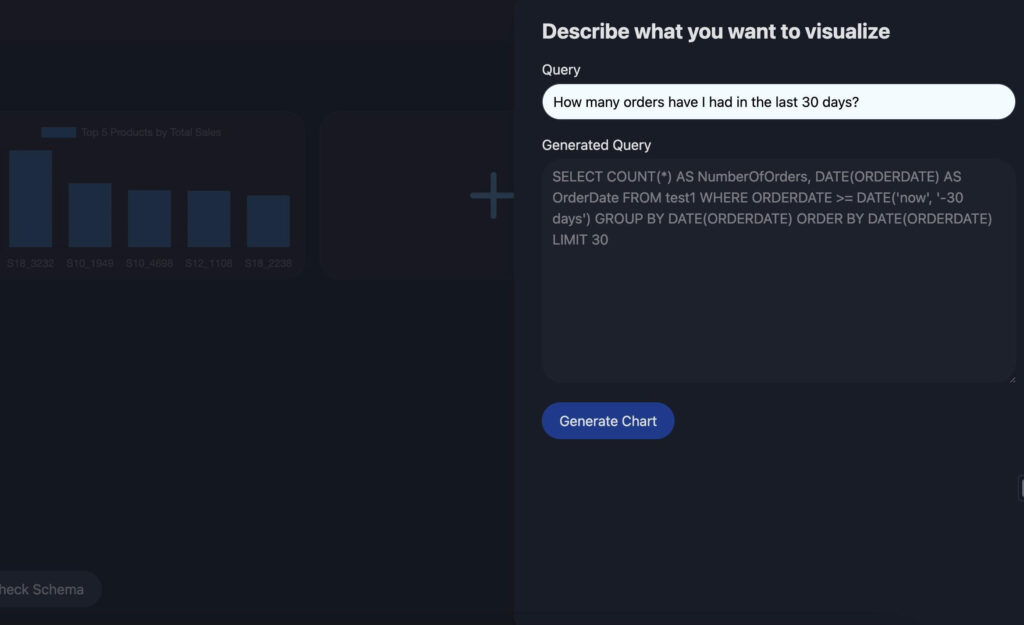
I designed CleverChartsAI from the ground up as a cloud-native SaaS application, built for flexibility, performance, and scale. Every component was deliberate—fast to build, easy to maintain, and capable of supporting real growth.
At its core, CleverChartsAI blended AI-driven intelligence, modern frontend design, and AWS-powered infrastructure.
My responsibilities:
Solution architecture — I designed the full application framework and AWS environment.
Backend framework setup — I selected and configured Python (FastAPI) as the core backend service.
OpenAI integration — I managed API key provisioning and implemented the communication layer between the backend and OpenAI’s API.
Cloud infrastructure — I deployed the full stack on AWS, balancing simplicity with scalability.
Frontend direction — My developer, Tahm, implemented the UI using SkeletonUI and Svelte, following my structural and UX guidelines.
| Layer | Technology | Purpose |
|---|---|---|
| Frontend | SkeletonUI + SvelteKit | Lightweight, responsive UI framework for data visualization and dashboard management |
| Backend | Python (FastAPI) | High-performance API layer for authentication, query execution, and OpenAI integration |
| Database | MySQL (AWS RDS) | Persistent storage for user data, queries, and dashboards |
| File Storage | AWS S3 | Secure cloud storage for uploaded CSV and Excel files |
| Compute | AWS EC2 | Hosted the web application and backend services |
| Serverless Tasks | AWS Lambda | Managed background jobs and scheduled automation |
| AI Layer | OpenAI API | Translated natural language queries into SQL |
| Payments | Stripe API | Subscription billing and trial management |
This architecture gave CleverChartsAI an enterprise-grade backbone without enterprise overhead.
The combination of Python, OpenAI, and AWS services made the system fast, resilient, and future-ready.
I didn’t wait until launch to test interest.
I built the go-to-market strategy in parallel with development.
I created a dedicated website where users could sign up as pilot testers.
Each participant received:
Free access to the app
A private Discord server invite for feedback and support
Direct communication with me for bug reports and suggestions
I capped the pilot at 10 users to keep quality high.
The feedback was immediate — and invaluable.
They uncovered edge cases, pointed out UI friction, and validated the core concept: non-technical users loved talking to their data.
I launched official pages for CleverChartsAI on:
I shared behind-the-scenes updates, UI previews, and short demo clips.
The response was better than expected — a steady flow of follows, comments, and DMs from small business owners asking when they could try it.
That early community became my first audience — and my first proof that the market was hungry for something like this.
I kept pricing simple: $10/month per license.
Low enough for small businesses, high enough to sustain cloud costs.
The plan was clear:
Hook users with the free pilot.
Gather feedback.
Build trust.
Convert early excitement into paying subscribers at launch.
It was the classic “freemium-to-paid” SaaS play — only scrappier and faster.
1. The AI Integration
OpenAI handled most natural language inputs flawlessly.
Even non-technical users could get complex visualizations with ease.
2. AWS Infrastructure
Stable, secure, and scalable — the platform held up during testing without a hitch.
3. User Engagement
The Discord pilot program produced nonstop feedback, helping shape priorities in real time.
4. Social Proof
Early followers and engagement validated market interest long before launch.
5. The UX
SkeletonUI gave the product a sleek, modern look that testers praised for being “as easy as using a calculator.”
1. Scope vs. Budget
$2,000 was never going to deliver a full system. Ambition outpaced resources.
2. Developer Burnout
Delays, slow updates, and missed milestones led me to eventually cancel the contract — not out of frustration, but necessity.
3. AI Limitations
While OpenAI was powerful, it sometimes stumbled on ambiguous queries.
AI still needed guardrails and schema context.
4. Time
Balancing product design, marketing, AWS setup, and testing as a solo effort stretched every hour thin.
Scope ruthlessly. MVP means “minimum viable,” not “almost done.”
Communicate constantly. Freelancers need structure and check-ins.
AWS is worth it. Cloud-first builds make even small projects production-ready.
Pilot early, pilot often. The feedback from 10 testers was more valuable than any consultant’s opinion.
AI is an assistant, not an autopilot. Guide it with structure, and it’ll shine.
Simplicity sells. A clean, obvious interface beats feature bloat every time.
“A product doesn’t have to be perfect to be valuable. It has to be real enough to teach you something.”
CleverChartsAI may not have launched publicly, but it hit its real goal — validation.
Proof that small businesses want conversational analytics.
Proof that AI can handle structured queries well enough for production.
Proof that a one-person SaaS can stand toe-to-toe with enterprise design — if it’s built smart.
The landscape has changed much in two years.
When I first started building CleverChartsAI, natural-language data analysis felt novel. Today, tools like ChatGPT, Gemini, and Claude can perform similar tasks instantly — parsing files, interpreting data, and generating charts with a single prompt.
That doesn’t mean the idea was a dead end. It means the market caught up.
There’s still room for specialized products that deliver this experience in a focused, domain-specific way — with more guardrails, richer visualizations, and integrations tailored to small-business workflows. But for now, I’m content calling CleverChartsAI what it was always meant to be:
A hands-on experiment in product discovery.
It proved the value of fast iteration, lean architecture, and curiosity-driven building.
I’ll keep exploring new problems worth solving — because in product work, every “finished” project is just another prototype for what comes next.
CleverChartsAI wasn’t built in a lab.
It was built at midnight, funded by curiosity, powered by AWS, and guided by real users who wanted their data to make sense.
It proved that you don’t need millions in funding to build something meaningful.
You need an idea, discipline, and the courage to test it in the wild.
It wasn’t perfect — but it worked.
And sometimes, that’s enough to change what comes next.
“A product doesn’t have to be perfect to be valuable. It has to be real enough to teach you something.”
